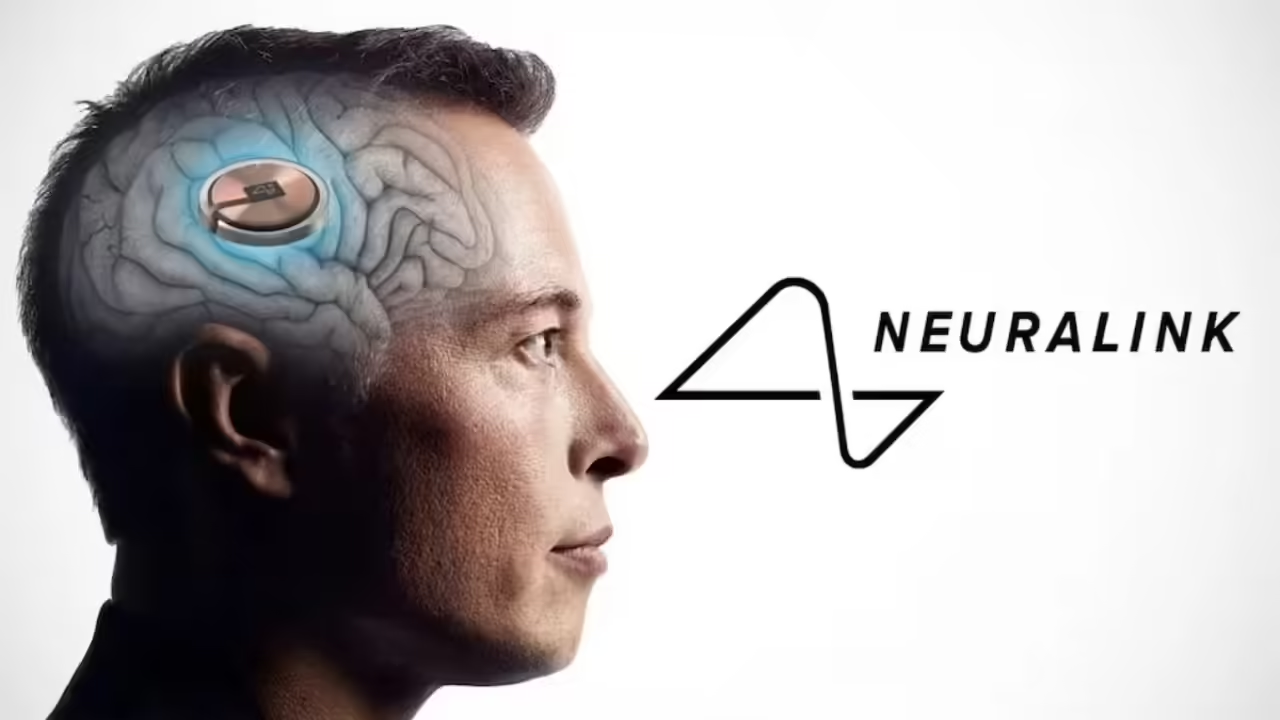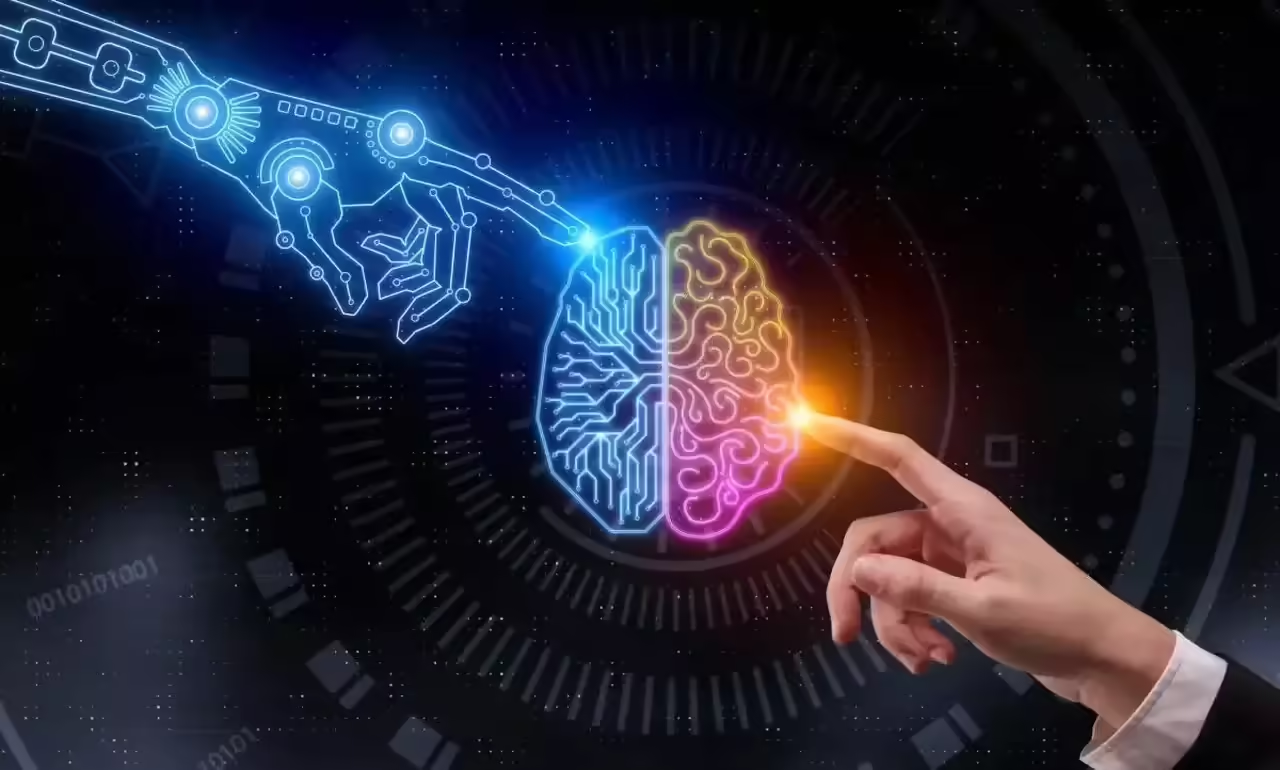
Neuralink is an innovative neurotechnology company founded in 2016 by Elon Musk. Its mission is to develop brain-computer interfaces (BCIs) that allow direct connection between the human brain and external devices. This technology has the potential to revolutionize the interaction between humans and machines, improving quality of life and opening new possibilities in the treatment of neurological diseases.
Mission of Neuralink The mission of Neuralink focuses on three main objectives:
Treatment of Neurological Diseases: Neuralink aims to develop devices capable of treating a variety of neurological conditions, such as Parkinson’s, Alzheimer’s, and spinal cord injuries. These devices have the potential to restore lost functions and improve the quality of life for millions of people.
Cognitive Enhancement: In the long term, the company aspires to enhance human cognitive abilities. Brain-computer interfaces could enable more efficient communication with machines and eventually improve cognitive and motor skills.
Symbiosis with Artificial Intelligence: Elon Musk has expressed concern about the advancement of artificial intelligence (AI). Neuralink could provide a way to achieve symbiosis with AI, allowing humans to maintain relevance in a future dominated by advanced technologies.
Context on Elon Musk and His Other Technological Projects Elon Musk is known for his ability to identify and develop disruptive technologies. Neuralink is just one of his many ventures aiming to change the world.
Tesla, Inc.: Founded in 2003, Tesla is an electric car and clean energy company. Tesla has revolutionized the automotive industry with high-performance electric vehicles and a global charging infrastructure. Additionally, the company produces energy storage solutions and solar panels, promoting a transition to sustainable energy.
SpaceX: Founded in 2002, SpaceX aims to reduce the costs of space transportation and make the colonization of Mars possible. SpaceX has achieved numerous milestones, including the development of the reusable Falcon 9 rocket and the Dragon spacecraft, which carries supplies and crews to the International Space Station.
The Boring Company: Established in 2016, The Boring Company aims to alleviate urban traffic by creating underground tunnels. Its first major project, the “Loop,” is designed to transport vehicles at high speeds beneath cities, significantly reducing travel time.
SolarCity: Co-founded by Musk in 2006, SolarCity (now part of Tesla) focuses on providing solar energy solutions. The company has been instrumental in popularizing residential and commercial solar systems, supporting the transition to renewable energy sources.
What is a Neurochip?
A neurochip is an electronic device that interacts directly with the nervous system, specifically the brain. It is designed to receive, process, and transmit neural signals, facilitating two-way communication between the brain and external devices. Neurochips are an advanced technology in the field of brain-computer interfaces (BCIs), which have the potential to revolutionize how humans interact with machines and how certain neurological conditions are treated.
Definition and Basic Functioning of a Neurochip Definition
A neurochip is an implantable microchip that can capture and transmit electrical signals from the brain. These chips contain a set of electrodes implanted in brain tissue, where they can detect neuronal activity and, in some cases, stimulate specific neurons. The information gathered by the electrodes is processed through complex algorithms and can be used to control external devices or to better understand brain function.
Basic Functioning Implantation: Neurochips are implanted through neurosurgical procedures in specific areas of the brain. The exact location depends on the implant’s objective, such as restoring movement in paralyzed patients or treating neurological disorders.
Detection of Neural Signals: The electrodes of the neurochip detect the electrical signals generated by neurons. These signals, known as action potentials, are the forms of communication within the nervous system.
Signal Processing: The captured signals are amplified and processed by the neurochip. This processing can involve decoding complex patterns of neuronal activity to understand the user’s intention (e.g., moving a limb).
Data Transmission: The processed data can be transmitted to external devices, such as computers or robotic prosthetics. This allows users to control these devices with their thoughts.
Neural Stimulation (Optional): Some neurochips have the capability to send electrical signals back to the brain to stimulate specific neurons, which can be useful for restoring motor functions or treating neurological diseases.
Differences Between Neurochips and Other Types of Neural Implants
Although neurochips are an advanced form of neural implants, there are several key differences between them and other types of implants:
Purpose and Functionality Neurochips: Primarily designed for bidirectional communication. They can both read and write neural signals. They are useful for BCI applications, where continuous and complex interaction with the brain is required.
Single Recording Electrodes: Mainly used to monitor neuronal activity. These implants are less complex and not designed to send signals to the brain, only to capture and record neuronal activity.
Complexity and Technology Neurochips: Integrate advanced signal processing technologies and complex algorithms to decode brain activity. Their design includes multiple electrodes to capture data from various brain regions simultaneously.
Stimulation Implants (like DBS): Used in therapies like deep brain stimulation (DBS), these implants focus on sending electrical impulses to specific brain areas to treat conditions like Parkinson’s. They do not have advanced signal decoding capabilities, as their primary function is stimulation.
Clinical Applications Neurochips: In development for broad applications, including paralysis treatment, cognitive enhancement, and control of external devices like prosthetics and computers.
Cochlear Implants: Designed to treat hearing loss, these implants convert sound signals into electrical impulses that the brain can interpret as sound. Their function is very specific and limited to the auditory realm.
User Interaction Neurochips: Allow more natural and intuitive interaction with external devices, potentially using the user’s thoughts to control actions.
Other Implants: Have more limited and specific interactions based on their purpose (such as improving hearing or treating motor disorders).
The Technology Behind Neuralink Neuralink, founded by Elon Musk, is at the forefront of developing brain-computer interfaces (BCIs), aiming to connect the human brain directly with external devices. The technology behind Neuralink is complex and innovative, combining advanced neuroscience, microelectronics, and precision robotics.
Technical Description of How Neuralink’s Neurochips Work
Neuralink’s neurochips, known as “Links,” are designed to capture and transmit neural signals with high precision. Below is a description of their technical functioning:
Neural Signal Capture Microscopic Electrodes: Neuralink’s neurochips are equipped with numerous ultra-thin electrodes, called “threads,” which are implanted in brain tissue. These threads, each thinner than a human hair, are capable of detecting the electrical activity of neurons.
Amplification and Digitization: The electrical signals captured by the electrodes are extremely weak and need to be amplified. The neurochip includes a system for amplification and digitization that converts these analog signals into processable digital data.
Signal Processing: The digital data are processed through advanced algorithms that decode neuronal activity. This processing allows the interpretation of the user’s intentions, such as moving a limb or selecting an option on a computer interface.
Data Transmission Wireless Communication: Once processed, the neural signals are transmitted wirelessly to external devices, such as computers or robotic prosthetics. This wireless communication is essential to avoid infections and other issues associated with transcutaneous cables.
Feedback and Stimulation: In some cases, the neurochip can send signals back to the brain to stimulate specific neurons, which can be useful for restoring lost functions or treating neurological diseases.
Materials and Components Used in the Implants Materials Polymer and Gold Electrodes
Neuralink’s electrodes are made from biocompatible materials like flexible polymers and gold. These materials are chosen for their ability to minimize brain tissue reaction and their durability in the biological environment.
Silicon Encapsulation: The chip itself is encapsulated in silicon and other hermetic materials that protect the electronic components from bodily fluids.
Components Electrode Threads: These threads are designed to be flexible enough to move with brain tissue, minimizing long-term damage.
Microprocessors: The neurochips include advanced microprocessors that perform signal amplification, digitization, and real-time processing.
Batteries and Transceivers: The unit includes a rechargeable battery and wireless transceivers for data communication.
Implantation Methodology and Advances in Robotic Surgery Robotic Implantation Millimetric Precision
The implantation of Neuralink’s electrodes is performed using a surgical robot designed to operate with millimetric precision. This robot can insert the electrode threads in precise locations within the brain, avoiding blood vessels and minimizing tissue damage.
Advanced Visualization: The robot uses advanced imaging systems to guide the electrode implantation in real-time, adjusting its position to ensure optimal placement.
Automation and Speed: Robotics enables faster and more precise implantation compared to manual surgery, reducing the time the patient spends in the operating room and improving postoperative outcomes.
Surgical Advances Less Invasive Surgery: Advances in surgical techniques have made the procedures for neurochip implantation increasingly less invasive. The use of surgical robots and minimally invasive tools helps reduce the risk of complications and accelerates patient recovery.
Continuous Development: Neuralink continues to develop and refine its implantation techniques and technologies, aiming to make the procedure safer, more efficient, and accessible to a larger number of patients.
Potential Applications of Neuralink
Neuralink, with its innovative brain-computer interface (BCI) technology, has the potential to transform both medical and non-medical fields. The applications of these neurochips are vast and promise to revolutionize how we treat diseases, interact with devices, and enhance our cognitive abilities.
Treatment of Neurological Diseases
Parkinson’s and Epilepsy: Neurochips can monitor brain activity in real-time and detect patterns that precede epileptic episodes or Parkinson’s tremors. With this information, the devices can activate electrical stimulation to mitigate these episodes before they occur.
Alzheimer’s: Although still in the early stages of research, neurochips could help slow the progression of Alzheimer’s by stimulating areas of the brain involved in memory and cognition.
Multiple Sclerosis: Neurochips could help restore communication between neurons affected by multiple sclerosis, improving mobility and motor functions in patients.
Paralysis
Restoration of Mobility: One of Neuralink’s most ambitious goals is to restore mobility to people with paralysis. Neurochips can interpret neural signals of movement intention and transmit them to external devices, such as robotic exoskeletons or prostheses, allowing patients to move again.
Control of Prosthetics: For amputees, neurochips could allow more intuitive and natural control of robotic prostheses by decoding brain signals corresponding to specific movements.
Blindness
Retinal Implants: Neuralink is working on the development of implants that can receive and process visual signals, transmitting them directly to the brain to restore vision in people with certain forms of blindness.
Cognitive Enhancements
Memory Capacity Enhancement: Neurochips could allow people to store and retrieve memories with greater precision, and even transfer memories to external devices for long-term storage.
Accelerated Learning: With the ability to stimulate specific areas of the brain, neurochips could facilitate faster and more efficient learning, enhancing cognitive skills such as calculation, logic, and creativity.
Brain-Computer Interfaces
Device Control: Neurochips will allow users to control computers, phones, and other electronic devices directly with their thoughts, eliminating the need for physical interfaces such as keyboards and touch screens.
Virtual and Augmented Reality: Direct integration with the brain can offer much more immersive and natural virtual and augmented reality experiences, allowing richer and more complex interactions.
Communication
Digital Telepathy: Neurochips could enable the direct transmission of thoughts and emotions between people, opening up new forms of communication without the need for spoken or written language.
Short and Long-Term Projects
Clinical Trials: Neuralink is focused on conducting clinical trials to demonstrate the safety and efficacy of its neurochips in treating neurological diseases and paralysis. These trials are fundamental to obtaining regulatory approval and starting to offer treatments to patients.
Development of Basic Interfaces: Short-term projects include creating brain-computer interfaces that allow users to perform simple tasks, such as moving a cursor on a screen or controlling a wheelchair.
Long Term
Mass Implants: In the long term, Neuralink aims to make its implants accessible to a wider audience, not only for treating diseases but also for cognitive and communication enhancements.
Symbiosis with AI: Musk has mentioned the possibility of symbiosis with artificial intelligence, where humans could connect directly with advanced AI systems to enhance their intellectual capabilities and maintain relevance in an increasingly automated world.
Expansion of Applications: Neuralink will continue to explore new applications, such as the complete restoration of vision, hearing, and other lost sensory functions, as well as exploring ways to enhance connectivity between different areas of the brain.







